The rainy days are here! While we cannot stand being stranded outside our homes because of the rain, we’re also unable to resist the relaxing effect of its rhythmic sound. To some of us, the wet season may bring memories of childhood when we frolicked under the rain with family or friends! For others, it could mean more chances to cozy up with a loved one in the bedroom. And who wouldn’t want to curl up in bed and sleep in, perhaps even indulge in a big warm bowl of champorado or arrozcaldo?
This may come as no surprise, but some of our animal friends love the rain for the very same reasons, too! Whether to find relief from the hot weather, look for a mate, or fill their appetite, here are seven animals who know how to make the most out of the wet weather.
Frogs and Toads
Amphibians prefer a cool, wet, dark environment, and this rings true for frogs and toads. They are busiest after a steady rainfall, making a meal out of earthworms who crawl out of the water-logged soil for air. Since frogs need to stay moist, they don’t have to worry about their skin drying out while they jump from one snack to the next.
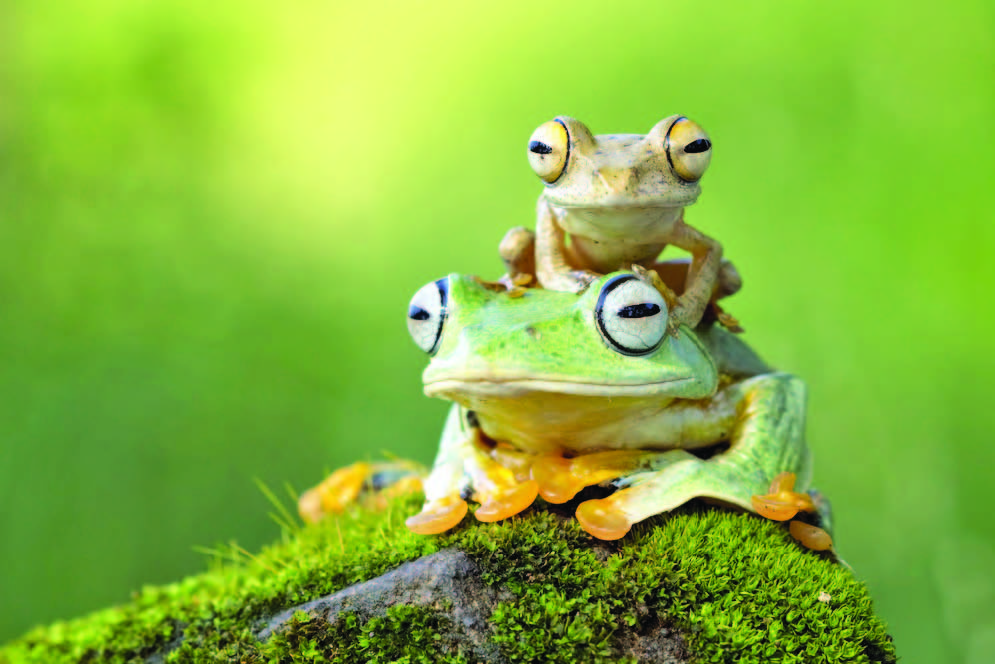
They also take advantage of the wet season to look for a mate. Chances are you’ve heard them croaking loudly in the night, perhaps during your visit to the province. These are male frogs sounding out their mating call to attract the females. The rain creates the ideal environment for reproduction, not only because it is cool and damp but also because females can lay their eggs in temporary pools filled up by rainwater.
Wet weather weirdness
Take cover! It’s raining frogs!
There have been several recorded incidents of this meteorological phenomenon around the world including in 1981 in Naphlion, Greece; 1995 in Sheffield, England; and in 2009 in Ishikawa, Japan, when frogs were seen randomly falling from the sky. Even the Philippines experienced a similar weird event when it rained fish in Agusan del Norte in 2012.
How is this even possible?
According to LiveScience.com, the most likely explanation for how these animals got up in the sky is the strong winds created by a whirlwind, tornado, or storm that formed over bodies of water and accidentally sucked up small animals living there. Other cases of weird animal rain reports involved jellyfish, crabs, fish eggs, and even alligators!
Monitor Lizards
“Bayawak”, as they are more commonly known, are reptiles that belong to the genus Varanus. These elusive lizards are carnivorous and prey on whatever they can get their claws on, such as birds, fish, small mammals, smaller reptiles, arachnids, and insects. During the rainy season, they come out to feast heavily on beetle larvae, millipedes, and centipedes to store enough energy to get them through the dry season when food is less available.
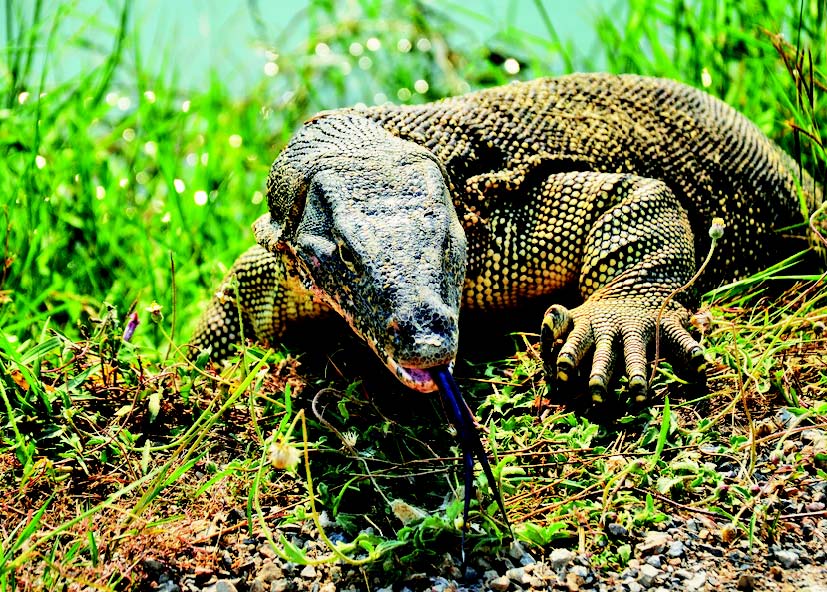
Monitor lizards mate during the dry season and incubate their eggs for about four months until they are ready to hatch in the middle of the wet season –just in time for the big bug buffet!
Monitor the monitors!
Three species of monitor lizards are vegetarians and all of them can only be found in the Philippines: The Northern Sierra Madre forest monitor, the Panay monitor, and the Gray’s monitor.
They have evolved to be frugivorous, with their diet consisting mostly of the ripe fruit of the Pandanus tree. Sadly, the latter two species are currently red-listed by the IUCN as “endangered” and “vulnerable”, respectively, as they are severely affected by habitat loss and poached for pets, food, leather, and medicinal purposes.
Snakes
Like monitor lizards, snakes primarily come out during the rain to hunt for food. Unfortunately for frogs who come out in droves during the monsoon season, they not only attract mates but also predators like snakes.

One native species of snake that thrives in heavy rainfall is the Philippine Cobra. They are extremely fond of water and can be found near ponds and rivers as they prefer to dwell in mangrove swamps and rainforests. These predators mostly feed on mice and frogs and sometimes other snakes, small mammals, and small birds.
Due to the hunting and trapping of the Philippine Cobra for the exotic food trade, pet trade, and also for anti-venom production, they have been red-listed by the IUCN as a Threatened Species since 2007.
Of mythology and snakes
The word cobra came from the Sanskrit word Naga. In Hindu mythology, the Naga are semi-divine beings who are half human and half cobra, often associated with bodies of water like rivers, lakes, seas, and wells.
In Philippine mythology, the Naga were often called Bakunawa, serpent-like dragons believed to bring about eclipses, earthquakes, rains, and winds.
Slugs and snails
Slugs and snails are soft-bodied, fleshy mollusks who thrive in moist environment. Their body is mostly made up of water, helping to prevent them from drying out in cases where they need to travel in dry conditions.
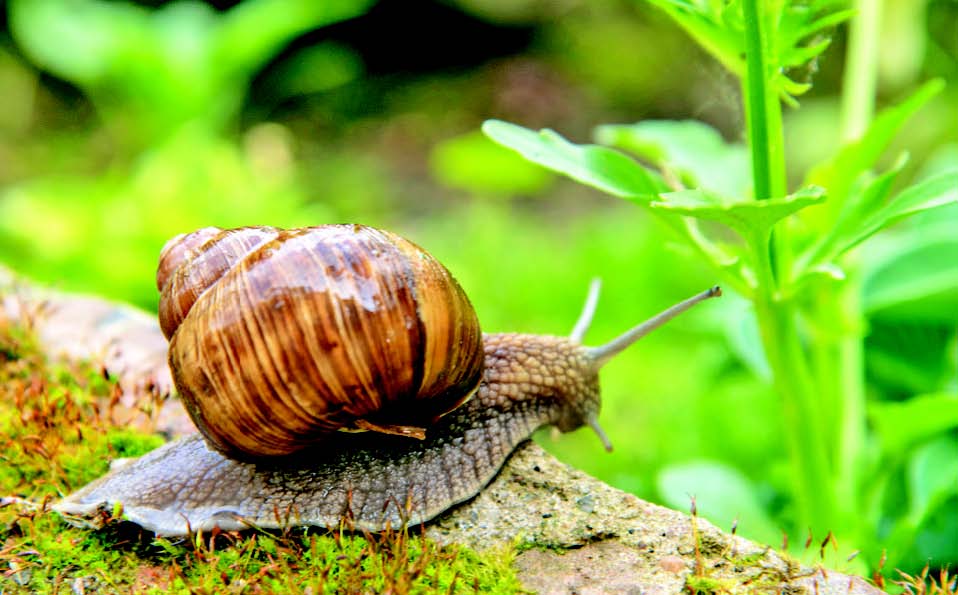
While they move about, they leave a trail of slime behind them – this slime acts as a lubricant, protecting them from injury as they slowly glide across terrains. They are frequently seen in gardens during or after a rainfall, munching away on plants, fruits, vegetables, and fungi.
This is bull
There are an estimated 10,000 tamaraws in Mindoro in the 1900s but due to habitat loss, cattle ranching, and illegal poaching, their numbers have dwindled to only 220-330 mature individuals, with the majority of them found in Mt. Iglit-Baco National Park.
Their population continues to drop and they are now critically endangered as classified by the IUCN.
Water buffalo
The water buffalo (Bubalus bubalis) did not get their name for nothing! Swamps and rivers are their favorite places. Add some rain to the equation and you’ve created the perfect environment for these big fellas.
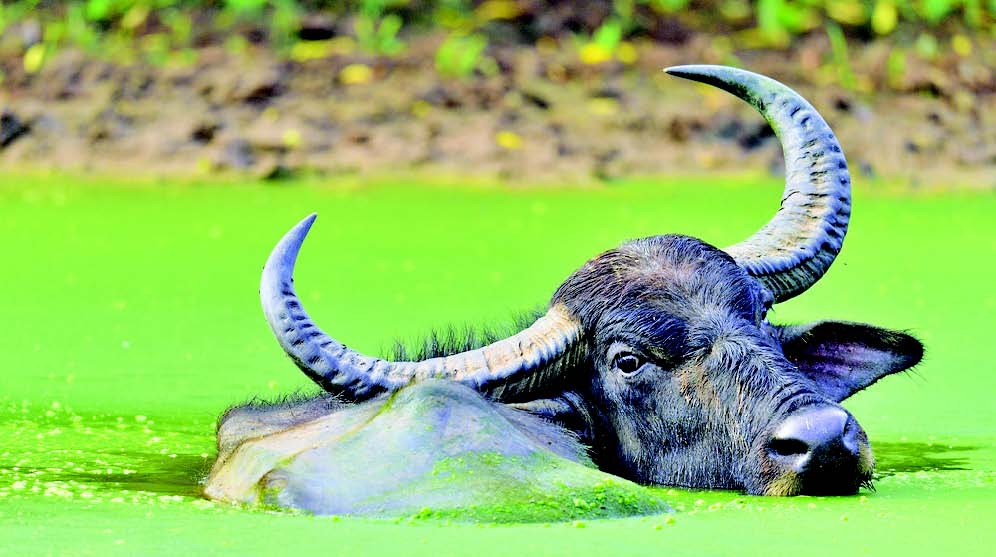
Water buffalos or kalabaw in Tagalog are native to the Philippines. Although they have adapted to the hot climate during the dry season, they are easily dehydrated and need to be close to a water source where they can wallow in. The rainy weather gives them much needed cool relief, especially when they help out in farms.
A very close relative to the domestic water buffalo is the Tamaraw (Bubalus mindorensis), endemic to the island of Mindoro. They also thrive in marshy areas and usually give birth during the rainy season, from July to November, when there is plenty of food available.
The Philippine eagle
For these regal birds, rainy season means mating season. Courtship begins in July signaled by a “sex call” made by male eagles to attract the females. During mating, these birds are seen doing aerial displays of joint activities such as soaring, dive chases, and talon presentation.

The Philippine eagle is endemic to the Philippines. They are also a critically endangered species and have been included in the IUCN list of threatened species since 1994. Their population continues to decrease due to habitat destruction, hunting (for food, zoos, and exotic pet trade), and being accidentally captured in traps intended for other animals.
Leeches
Ask any seasoned mountain climber if they have ever encountered leeches during their treks, and they will most likely answer yes. Locally known as limatik or linta, these tiny bloodsuckers live in fresh aquatic environments, wet rainforests, and moist places, and are typically prolific in the rainy season where they can venture freely outside their immediate habitat in search of food.
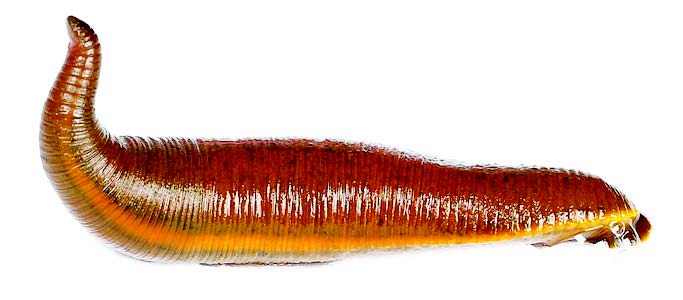
As most of the animals listed here are threatened, it is necessary for us to be aggressive in our efforts to help conserve our wildlife – until it’s safe again to let nature do its job with the littlest possible human intervention.
To prey and predator, whether in land, water or air, there is no doubt that the rain plays an important role in their existence as it supports the very delicate balance of life in the animal kingdom.
Related stories:
– Raining literal cats and dogs: When animals seem to fall from the sky
– LOOK: Two rainbow octopuses spotted off the coast of the Philippines
– Petting dogs is like a drug for the brain, research shows





